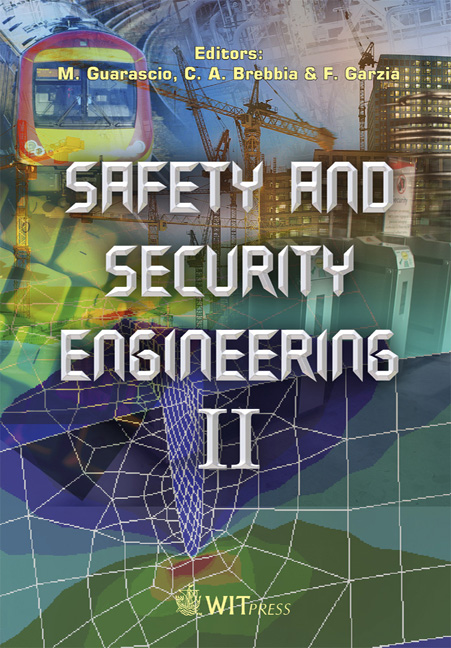The Influence Of Mylonitic And Cataclastic Rocks In Evaluation Of The Potential For Debris And Hyper Concentrated Flows
Price
Free (open access)
Transaction
Volume
94
Pages
10
Published
2007
Size
381 kb
Paper DOI
10.2495/SAFE070071
Copyright
WIT Press
Author(s)
L. Longoni & M. Papini
Abstract
In this study we want to evaluate the large amount of debris by analyzing a typical alpine setting and focusing on the role of mylonitic and cataclastic zones as a potential supply area for debris and hyper concentrated flows. The crystal basement of the Southern Alps, and in particular of the Valtellina area, is dominated by metamorphic rocks, faulted by important regional fault-systems. These fault-systems and the related mylonitic and cataclastic rocks may produce erosion-prone weak rock outcrops responsible for a large amount of debris production and, consequently, localized erosion and sediment contribution to the drainage network. We focus on Val Tartano, which is characterized by the presence of extended mylonitic and cataclastic areas and we analyze these geological structures as potential high-productivity sources contributing to the increase of river solid transport. Characterization of streambed sediment from a grain size and grain shape viewpoint is described, and their dependence upon the eroded geological parent materials is discussed. Keywords: debris flow, fault rocks, cataclasite, milonite, grain size, roundness. 1 Introduction Riverbeds in mountain areas are frequently affected by hard to predict hydro geological instabilities. Estimation of sediment volumes and grain sizes contributed from valley slopes to the drainage system through erosion and mass transport processes, as well as localized evolution of weaker zones, is of particular interest. We believe that an improvement over current practice in the
Keywords
debris flow, fault rocks, cataclasite, milonite, grain size, roundness.





